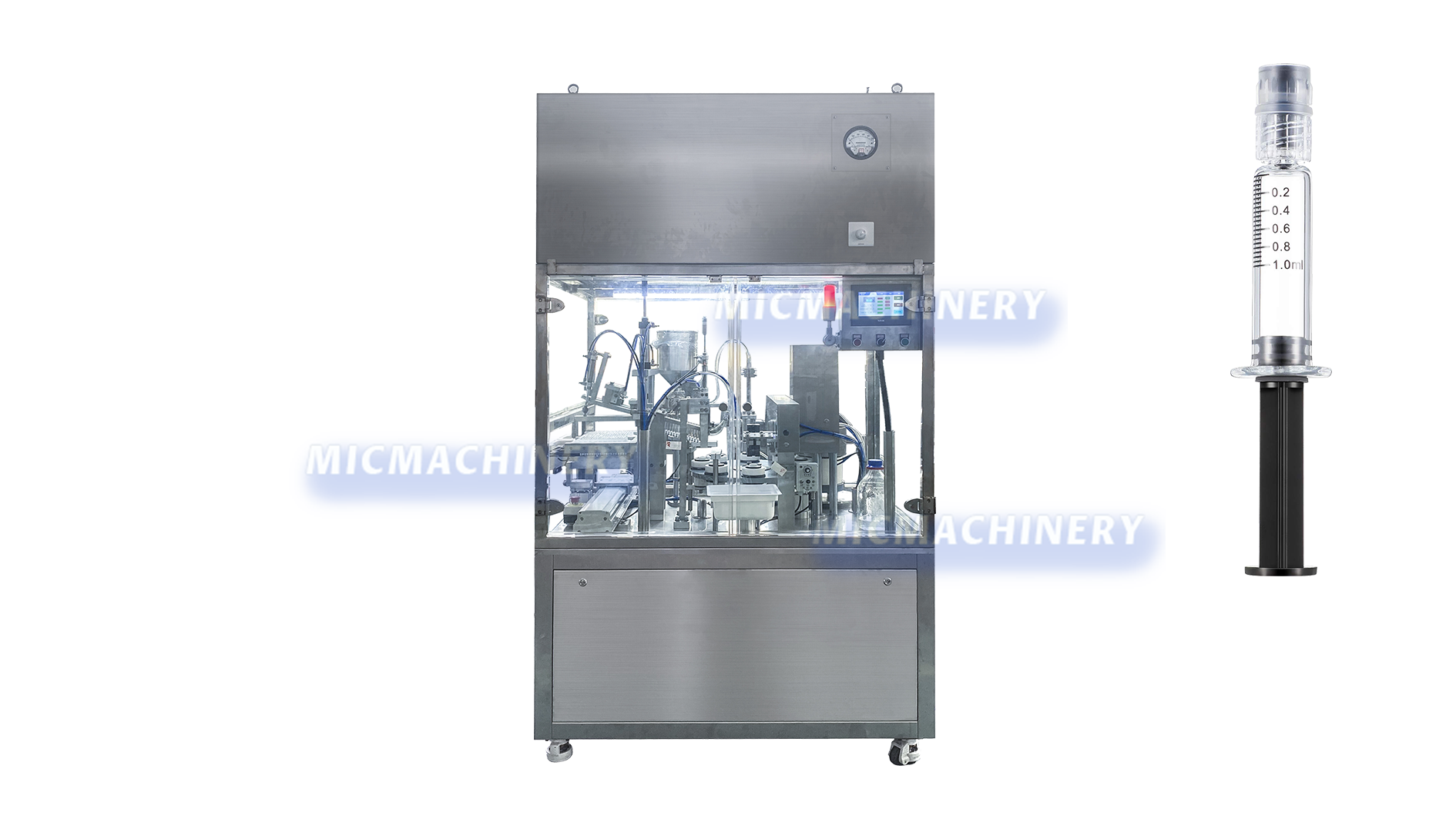How to Adjust Blow Molding Machine
How to Adjust Blow Molding Machine
Blow molding machines are the backbone of plastic manufacturing, shaping a wide array of products from bottles to automotive parts. Achieving optimal performance from these machines requires a deep understanding of their mechanisms and adjustments. In this guide, we delve into the intricacies of blow molding, addressing key questions to empower operators and engineers alike.
What are the pressures for blow molding?
Pressure is the driving force behind successful blow molding processes. Understanding and controlling various pressures is crucial:
1. Injection Pressure: This force propels molten plastic into the mold cavity, ensuring proper filling and material distribution.
2. Blow Pressure: Applied once the plastic parison is in the mold, it inflates the parison to conform to the mold shape, defining the final product's dimensions.
3. Clamping Pressure: Essential for maintaining the integrity of the mold during injection and blowing, ensuring a tight seal and preventing leaks or flash.
How do you fix blow molding problems?
Blow molding, like any manufacturing process, is prone to issues. Here's how to address common problems effectively:
1. Inadequate Mold Clamping: Adjust clamping pressure to ensure a secure seal between mold halves, preventing leaks and flash.
2. Excessive Flash: Reduce blow pressure to prevent excess plastic from seeping out of the mold, resulting in flash or thin edges.
3. Irregular Wall Thickness: Fine-tune parison control mechanisms to achieve uniform material distribution and consistent wall thickness.
4. Brittleness: Optimize cooling parameters such as duration and temperature to prevent premature hardening and brittleness in the final product.
What is the pinch-off in blow molding?
The pinch-off stage is a critical moment in blow molding, marking the closure of the mold halves and the precise trimming of excess plastic. This ensures clean, seamless edges on the final product, free from flash or surplus material that could compromise quality or aesthetics.
What is the blow ratio for blow molding?
The blow ratio, a fundamental parameter in blow molding, dictates the relationship between the length of the parison and the final molded part. This ratio profoundly impacts product attributes such as wall thickness, mechanical properties, and material distribution. Higher blow ratios result in thinner walls, which can affect structural integrity and overall product performance.
In conclusion, mastering the adjustment of blow molding machines requires a deep understanding of pressure dynamics, troubleshooting techniques, the significance of pinch-off, and the influence of blow ratios. By honing these skills, operators and engineers can optimize machine performance, enhance product quality, and drive efficiency in the blow molding process.


